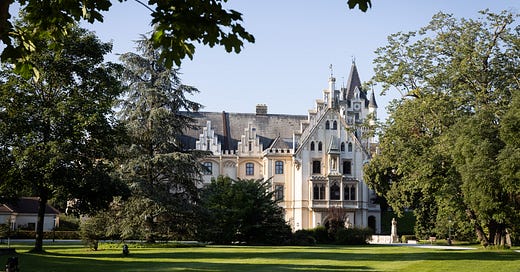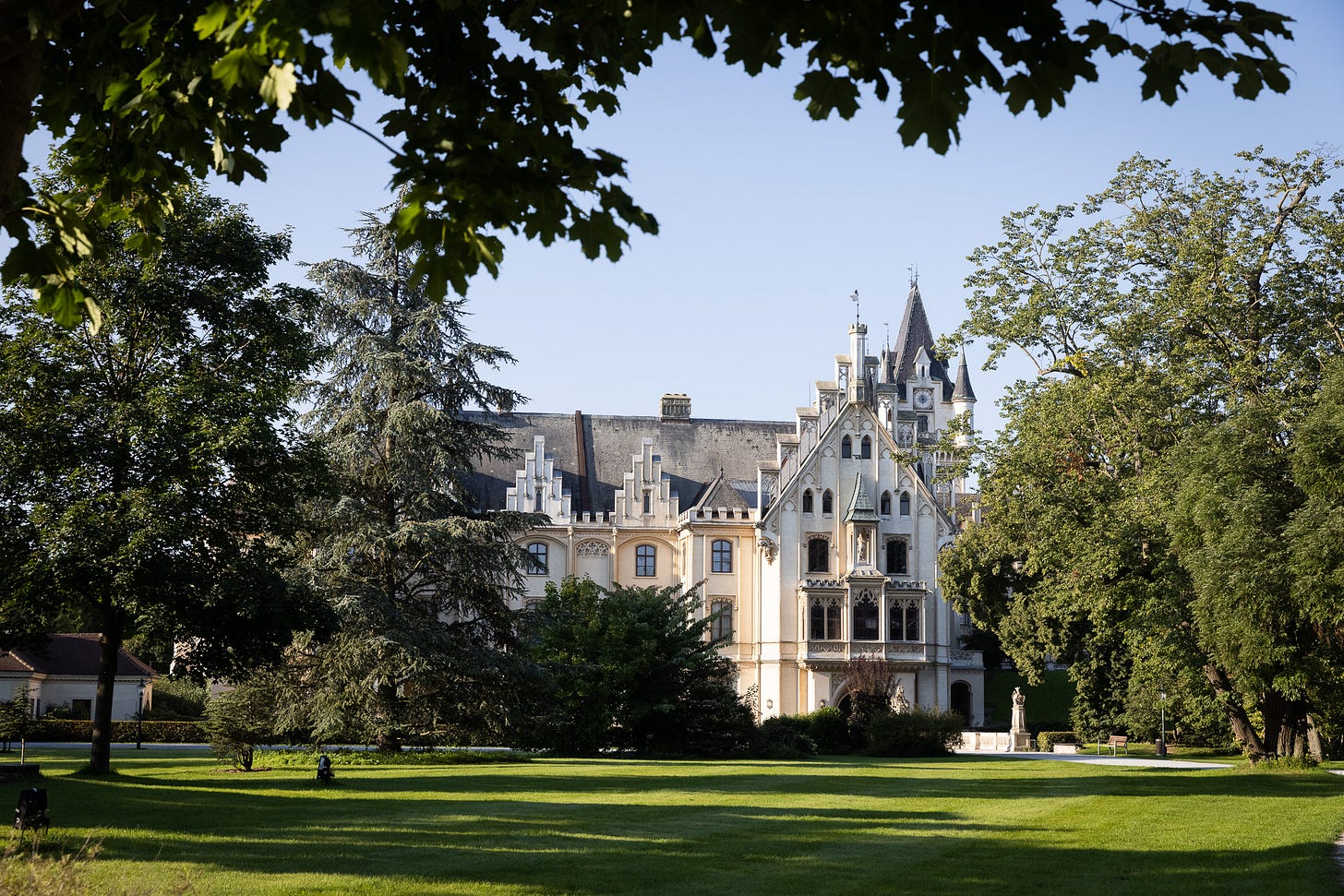Grafenegg single vineyard summit 2021 - Lower Austria
Simon reports back from this year's Austrian single vineyard summit - a massive tasting at Grafenegg castle which provides a unique opportunity to survey the current vintage and many of the region's top wineries.
Every year in the first week of September, I make an annual pilgrimage to Schloss Grafenegg - an eccentric baroque/Tudor Gothic mash up of a castle just a few minutes away from the village of Wagram. The event is the tasting of single vineyard wines from the Austrian Traditional Winemakers Association, otherwise known as the Österreichische Traditionsweingüter or ÖTW. For a concise summary of what this tasting and the ÖTW is all about, see my article for Pix.wine.
For the last four years, I've published a full set of reviews from this tasting. It's fascinating to be able to compare each new vintage and to see how the individual wineries are developing too. This year, for the first time I'm publishing short summaries in the hope that it gives a bit more context for the tasting notes.
The event has now ballooned into a five day tasting marathon, with the wines from ÖTW members shown on the first three days, then an additional day for wines from Leithaberg (Burgenland) and Eisenberg (Südbu…
Keep reading with a 7-day free trial
Subscribe to The Morning Claret to keep reading this post and get 7 days of free access to the full post archives.





